Retail Investment Sales Volume Rises
The sector also leads the CRE pack in property value growth, according to Newmark’s research.
Potential tariff-driven inflation and a worsening job market have households subdued and uncertain about their financial outlook and expectations, according to Newmark’s new retail trends report.
However, wage growth is solid and continues to outpace inflation, according to recent hard data. Consumers continue to dine out and spend on books, sporting goods, hobbies and personal care services.
Discount grocers and warehouse clubs are well-positioned to capture consumer demand should the economy slow significantly due to tariffs. Investors love them, too.
Meanwhile, in the first quarter of 2025, retail investment sales volume was up 13 percent from the first quarter of 2024 and 15 percent from the first quarter of 2023.
Grocery-anchored retail has seen its cap rates compress during recent quarters. In contrast, cap rates have held steady in most other property types, with luxury retail brands betting heavily on high street locations.
Retail values are the dominant commercial property type in year-over-year growth. They are up 4.6 percent and posted the most substantial three-month gain, Newmark reported.

Net negative absorption occurred for the first time since the third quarter of 2020, ending a 17-quarter streak of positive momentum. With retailers scaling back expansion plans and shuttering underperforming locations, it is expected to continue through the end of the year.
Nonetheless, the availability rate has held at 5.2 percent, and asking rents were up modestly by 0.8 percent year over year.
Under the base case, asking rents should grow 1.6 percent in 2025 and accelerate modestly to 1.8 percent in 2026.

Retail’s solid fundamentals
The retail market is adapting fast, with big-name legacy chains like Bed Bath & Beyond and Party City mostly gone, according to John Crow, CEO of Century 21 Commercial.
“In their place, we’re watching an entirely new wave of tenants fill the gap; wellness clinics, pet services, indoor sports, resale stores and ethnic grocers,” he told Commercial Property Executive.
“It’s not just retail anymore; it’s lifestyle, convenience, and culture all rolled into one.”
Even with deepening concerns over the impact of tariffs, shifting consumer sentiment and a pullback in leasing, Crow described the fundamentals as “still solid.” Retail sales are up, consumer spending is holding and values are climbing, though modestly.
READ ALSO: How Tariffs Impact Retail Foot Traffic
“Investment sales are tepid due to interest rates and tightening capital markets, but the best-located, highest-performing assets still command attention and capital,” he said.
“Prime centers with good visibility and foot traffic are still highly sought-after, especially if they adapt to what today’s tenants want. Owners who understand how consumer behavior is shifting and how to meet that with the right kind of retail mix will win. In summary, the standardized formula isn’t coming back but has given way to fresh opportunities.”
Specialty grocery, ethnic dining spike in Northern California
John Sechser, managing director, East Bay Retail Services at Tri Commercial/CORFAC International, Walnut Creek, Calif., is involved in several retail transactions (both for lease and sale) at any given time.
He told CPE that he’s noticing a definite increase in the following categories: specialty grocery, (T&T, H mart, Sprouts, Trader Joe’s, etc.), ethnic restaurants, women’s personal services, daycare, value-priced retailers, experiential entertainment and residential land with “for sale” product.
He said encountering those without homes and the camps they establish has been challenging in his market.
“This can be a serious deterrent to expanding retail/restaurant tenants,” Sechser said.
Pro sports adds to the Vegas lure
Demand is strong overall, and retail is seeing higher asking rates with very low vacancies, according to Buck Hujabre, senior vice president of MDL Group/CORFAC International in Las Vegas.
“In most of the MSAs, vacancy is near a 15-year low,” he said. “There is tremendous diversity in tenant mix across all retail centers. We have an even greater diversity in product type, including more experiential shopping and mixed-use projects.”
READ ALSO: Why Retail Belongs in Office Projects
In Vegas, major sports teams that are making their home base in the city have attracted retailers that are not traditionally Las Vegas brands.
“Increased sports tourism creates the reason to give visitors a store or brand they recognize from their home markets,” Hujabre added.
High retail demand in Northeast
Retail leasing demand in the Northeast remains high, volume and activity are high, and vacancy rates remain at historic lows, according to Joseph Latina II, SIOR, managing principal at LMT Commercial Realty, LLC/CORFAC International, in Wilmington, Del.
“However, we have recently experienced some hesitancy due to economic uncertainty, primarily related to tariffs, inflation (directly related) and higher construction costs,” he said.
“These higher construction costs and a longer-than-usual entitlement process drive up leasing rates in new development projects, creating a substantial delta between pre-COVID construction projects and new development projects.”
Retailers are surveying markets more intently than usual before committing to new construction to ensure they are not overlooking viable second-generation space, Latina mentioned.
Sales ‘holding up’ in south Florida
Retail sales are holding up better than expected, but under the surface are the first signs of value-conscious behavior returning to the mainstream in South Florida, according to Stephen DeMeo, principal at Lee & Associates South Florida.
“Consumers are still spending, but the mood has shifted,” he told CPE. “Inflation may be cooling, yet tariff uncertainty is taking a psychological toll, especially for middle-income households. The leasing market is splitting: well-located, experiential centers still command interest, while commodity space is seeing rising vacancy.”
DeMeo said there’s a flight to quality in retail investments around South Florida, with capital chasing necessity-based and high-traffic centers.
“Cap rate compression in grocery-anchored product tells the story,” he mentioned. “We still see strong demand for retail space, especially in high-traffic, mixed-use corridors with good, solid tenant mixes. But even here, expansion is more selective and focused on quality.”
South Florida retailers are being choosier about their space, DeMeo noted.
“The best-located centers are generally full and very busy, and good spaces don’t open up too often, while underperforming properties are starting to feel the pressure, but the energy hasn’t let up,” he added. “While we’re still seeing demand for well-located spaces, there’s definitely more discipline in site selection and deal structure so far in 2025.”

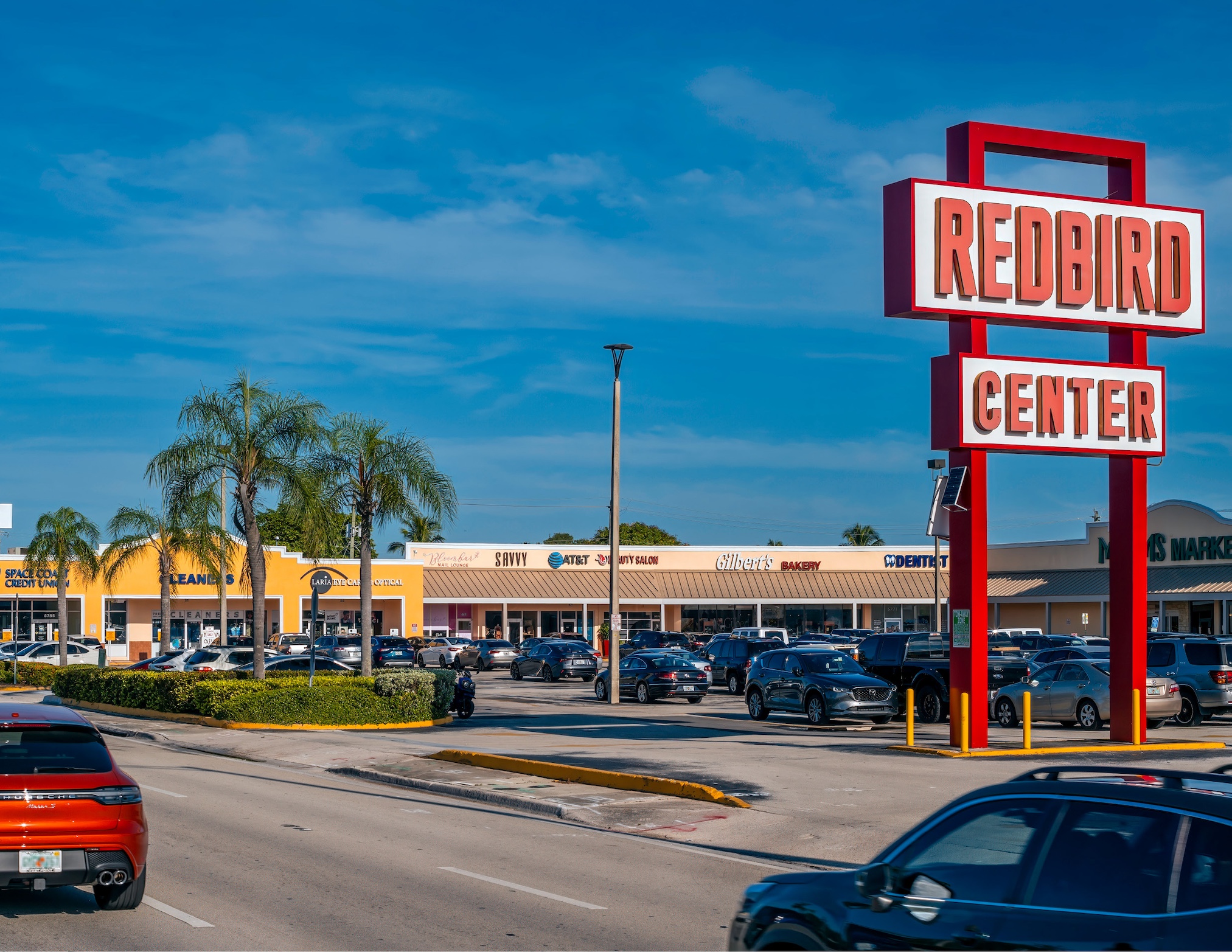
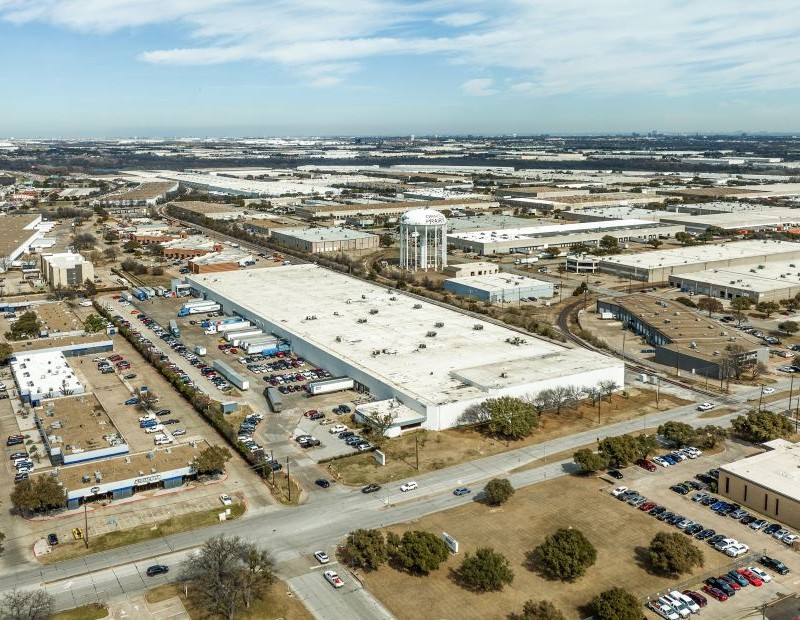
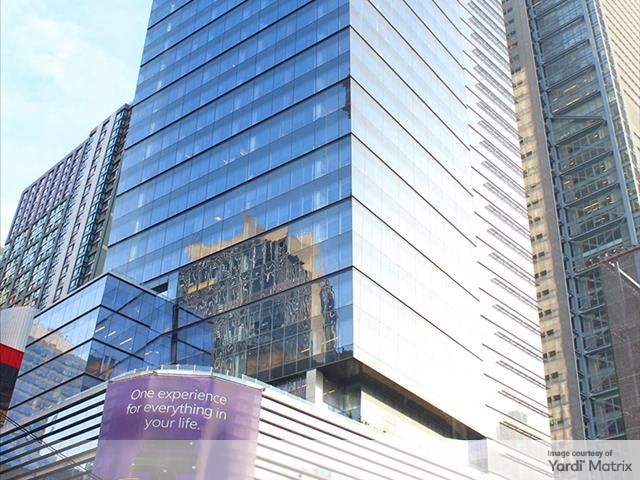
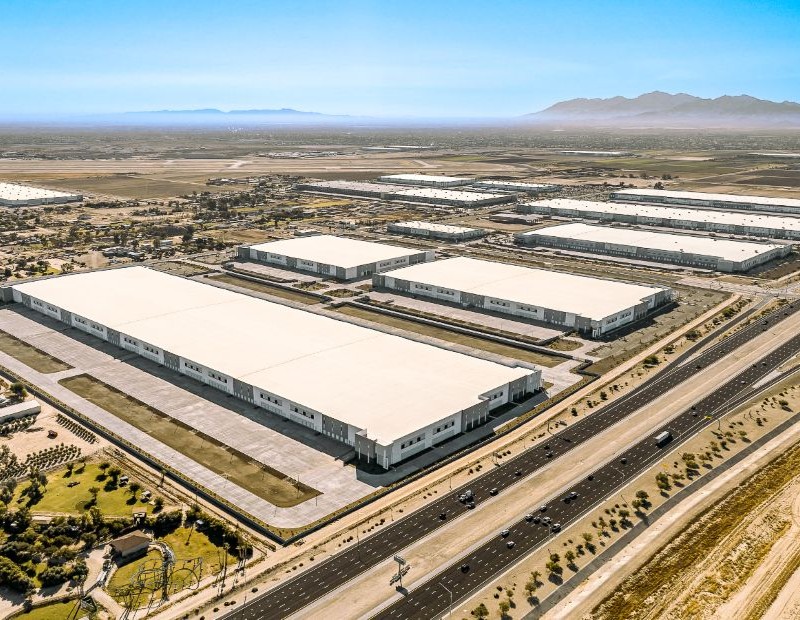
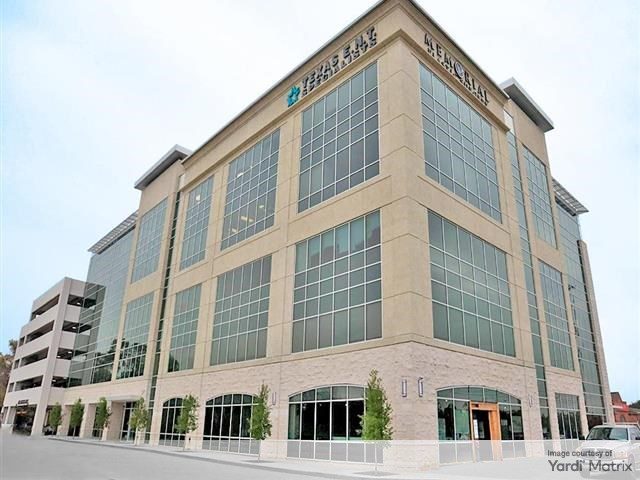
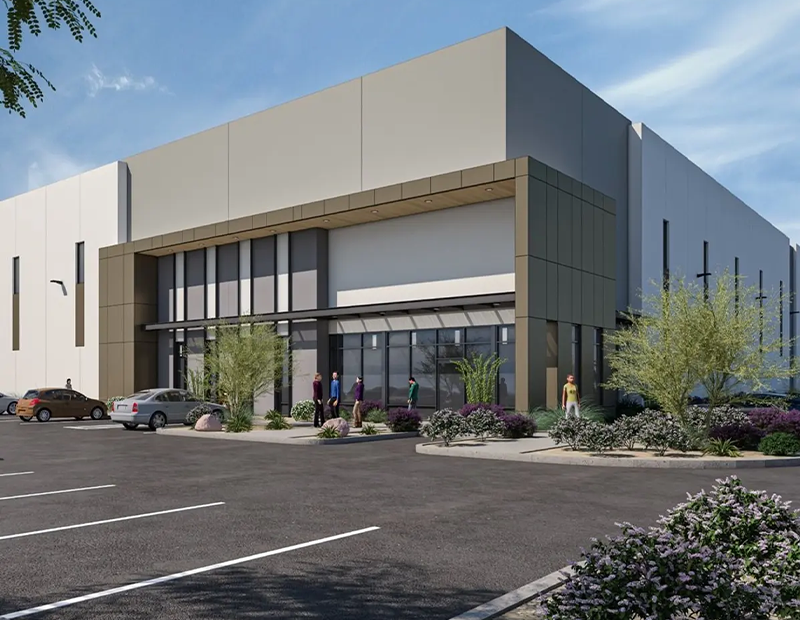
You must be logged in to post a comment.